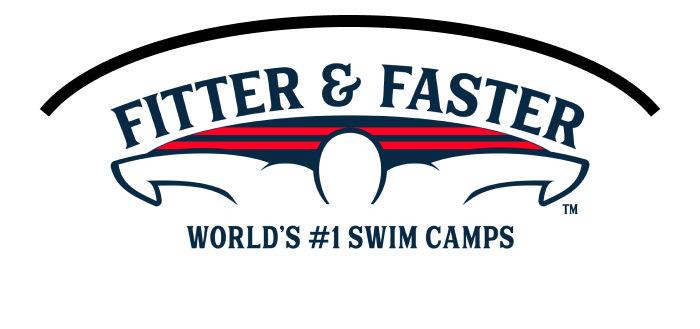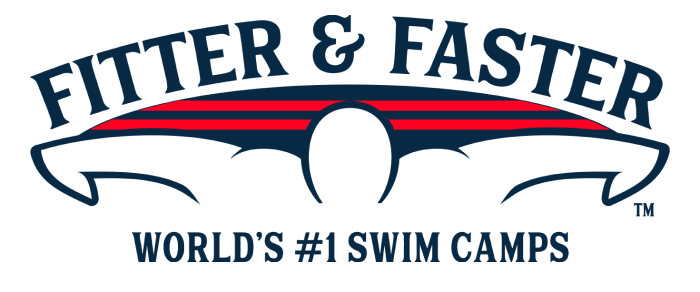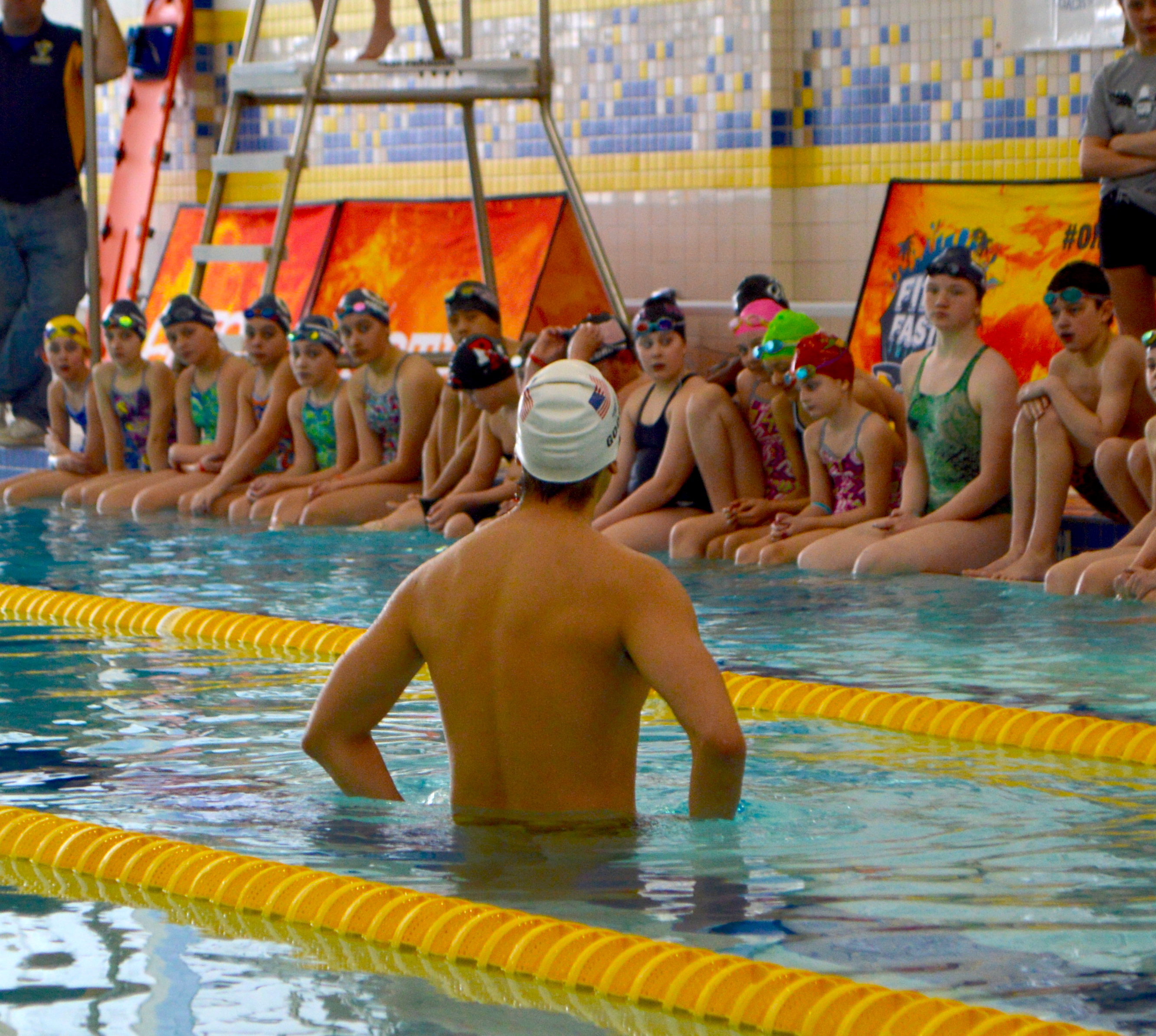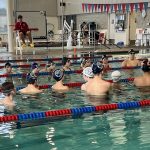Freestyle, Backstroke, Turns, Sprinting & More Swim Camp (Ages 10 & Over)
Roberts Wesleyan University - Voller Athletic Center
2301 Westside Dr,
Rochester,
NY 14624
- days
- hours
- minutes
- seconds
Introduction
Fitter & Faster is producing a 2-day swim camp for competitive swimmers ages 10 & over at the Voller Athletic Center at Roberts Wesleyan University in Rochester, New York on December 28 & 29, 2025!
FREESTYLE, BACKSTROKE, SPRINTING & MORE SWIM CAMP (Ages 10 & Over)
DAY 1 (Saturday, December 28):
-> Session 1: Freestyle Technique
-> Session 2: Backstroke Technique
DAY 2 (Sunday, December 29):
-> Session 3: Flip Turns, Open Turns & Finishes
-> Session 4: The Essentials of Sprinting
🔽 Scroll down for details on the curriculum!
✔️ Availability in each session is limited to 24 participants to ensure the highest level learning experience.
💡 SAVE when you purchase the “Entire Camp Bundle” for your swimmer.
START TIMES:
-> Sessions 1 & 3: Check-in 9:45 AM, Camp 10-12:30 PM
-> Sessions 2 & 4: Check-in 1 PM, Camp 1:15-3:45 PM
Suggested Participants
Our top priority is to provide a world-class learning experience for all participants at all of our camps. This camp has sessions for swimmers ages 10 & older. Participants will range from one-year of competitive swimming experience to AAAA times and faster. If you are the parent of a swimmer under the age of 10 and would like for your swimmer to be considered for this camp, please complete this questionnaire.
Curriculum
At this two-day swim camp, swimmers will sharpen their freestyle and backstroke technique on the first day, then build on that foundation with sessions focused on turns, finishes, and sprinting on day two. These skills are essential for improving overall speed, efficiency, and confidence in races.
- December 28, Session 1: FREESTYLE TECHNIQUE: Cultivating good habits to swim high level freestyle begins as soon as you learn the stroke. Even if your swimmer is already in high school - it’s never too late to begin practicing techniques that will drastically improve their efficiency, power and times. During session 1, your swimmer will work on techniques to strengthen their bodyline, catch, kick, pull, and breathing pattern.
- Bodyline: A freestyle race is going to be fastest with the proper bodyline. Even the slightest adjustment of the chin, neck, and/or back can make a huge difference. As swimmers mature in the sport and grow physically, their body position shifts and often bad habits are created. Participants will learn and practice proper posture and engagement of their core to have a strong foundation for better technique - creating a full-body connection for more hydrodynamic and efficient strokes.
- Rotation: Freestyle is fastest and most efficient when a swimmer’s body is “rotating” around their spine with each stroke. This part of swimming freestyle has a big effect on maintaining a proper bodyline. Participants will practice activating their core muscles to form a powerful connection from head to toe with every stroke.
- Kicking: A swimmer’s kick is the motor behind their freestyle! There are obviously proper and improper ways to kick which we will review at the camp. Just as important, however, is practicing the complexities of how and when swimmers need to “shift gears” in their legs to become stronger and faster racers.
- Pull: The pull in freestyle keeps a swimmer balanced and accelerating forward. This is a skill that needs cultivation throughout all swimmers’ careers. Having an early vertical forearm “catch” enables a swimmer to put immediate pressure back on the water. Properly completing the stroke keeps the swimmer moving forward efficiently. The later the “catch” or not “finishing” the stroke has a negative impact on a swimmer’s bodyline and speed.
- December 28, Session 2: BACKSTROKE TECHNIQUE: To excel in the backstroke, refining essential techniques like body line, catch, kick, and pull is essential. Swimmers will work with our Elite Clinicians during this session to finesse their skills, ensuring faster and more efficient performances in backstroke races!
- Bodyline: A competitive swimmer’s bodyline is the key to fast swimming. The name of the game is to eliminate all extra movement of the body including even the slightest bobbing, wiggling. Participants will learn and practice proper posture and engagement of their core to have a strong foundation for better technique - creating a full-body connection for more hydrodynamic and efficient backstroke.
- Rotation: Backstroke is fastest and most efficient when a swimmer’s body is “rotating” around their spine with each stroke. This part of swimming Backstroke has a big effect on maintaining a proper bodyline. Participants will practice activating their core muscles to form a powerful connection from head to toe with every stroke - resulting in faster backstroke!
- Kick: A swimmer’s kick is the motor behind their Backstroke! There are obviously proper and improper ways to kick which we will review at the camp. Just as important, however, is practicing the complexities of how and when swimmers need to “shift gears” in their legs to become stronger and faster racers.
- Pull: Just like in freestyle, the pull in backstroke keeps a swimmer balanced and accelerating forward. Essentially the best swimmers are creating a paddle with every stroke. The clinicians will work with participants to establish an early vertical forearm “the catch”, enabling the swimmer to put immediate pressure back on the water. Properly completing the stroke keeps the swimmer moving forward efficiently and fast.
- December 29, Session 3: FASTER FLIP TURNS, OPEN TURNS & FINISHES: Quick, powerful turns and finishes are crucial to fast times and winning close races. The top age group and elite swimmers aren't using walls just for turning around - they are used to generate speed and momentum going into the next lap. Elite swimmers are constantly working their turns and looking for areas to improve them. During session 3, we're going to work with your swimmer on taking this crucial part of every race (and practice) to the next level!
- Momentum: At the elite level of swimming, walls aren’t just used for turning around - they are used to generate speed and momentum going into the next lap. Outside of the elite ranks, most swimmers stop or slow down while going into the wall, which kills their momentum! We will work with participants on the intricacies of approaching every wall at top speed and seamlessly initiating their “turn”.
- Flip Turns: The fastest swimmers use walls to generate speed and momentum going into the next lap. Outside of the elite ranks, many swimmers stop or slow down while going into the wall, which kills their momentum! We will work with participants on the intricacies of approaching every wall at top speed and seamlessly initiating their “turn”.
- Open Turns: Elite butterflyers and breaststrokers utilize speed from their last lap to create momentum and even more speed at the beginning of the next lap. Their open turns are actually not “turns”, but more like high-speed pivots. Participants in this session will work on these techniques to have much faster open turns!
- Finishes: Setting yourself up for a fast finish is very similar to setting yourself up for a strong turn in any race. Races are won and lost by hundredths-of-a-second at every swim meet. Many races come down to the last few strokes. At this camp, your swimmer will learn techniques to set themselves up for a well-timed finish when they are still about 10 yards from the wall.
- December 29, Session 4: ESSENTIALS OF SPRINTING: Swimming fast requires good technique, efficiency, power, and a hard working athlete. Participants in this session will advance their skills that apply to fast swimming in every stroke. Now is the time for swimmers to establish and cultivate habits to swim their shorter races as fast as possible with good technique that will position them for success as they mature.
- Body Position: A competitive swimmer’s body position is the key to fast swimming. Most swimmers are NOT hydrodynamic in the water - and that has a big effect on how fast they “allow” themselves to swim - especially as they get older. Let’s find the right body position for your swimmer.
- Stroke Length: Lengthening their stroke will enable your swimmer to “catch” and hold onto more water to propel them as they swim. Whereas a short stroke is inefficient and not sustainable for very long. The clinicians will work with participants on this important skill for fast swimming.
- Tempo: When sprinting short races young swimmers often tend to take too many strokes (“spin their wheels”) and not “hold onto the water”. At this camp we will find the appropriate tempo to maximize their own personal speed.
- Sprinting: Earlier in the session, your swimmer worked on body position, tempo and length of stroke. Now, we are going to apply those skills to swimming “all out” on top of the water with efficiency and power.
- Sprinting Application: Swimmers at this session will work on applying their newly developed skills during racing scenarios. As with all the other segments of this camp, the clinicians will provide feedback for your swimmer to take home and apply at upcoming practices and meets.
ASK QUESTIONS
Swimmers and parents are invited to ask the clinicians questions during a Q&A session. Gain insight into their training regimen, diet and nutrition, and recovery tactics.
WATCH THE CLINICIANS
Observe clinicians swim at full speed and demonstrate a progression of perfectly executed drills to achieve powerful, efficient and fast swimming.
PUT YOUR SKILLS TO THE TEST
Throughout the camp, swimmers will practice what they've learned with some of the world's most elite Swimmer Clinicians and coaches!
Take a photo, get autographs, and chat with your clinicians!
Inquisitive, Educated Swimmers are Faster Swimmers! Sign up today!


